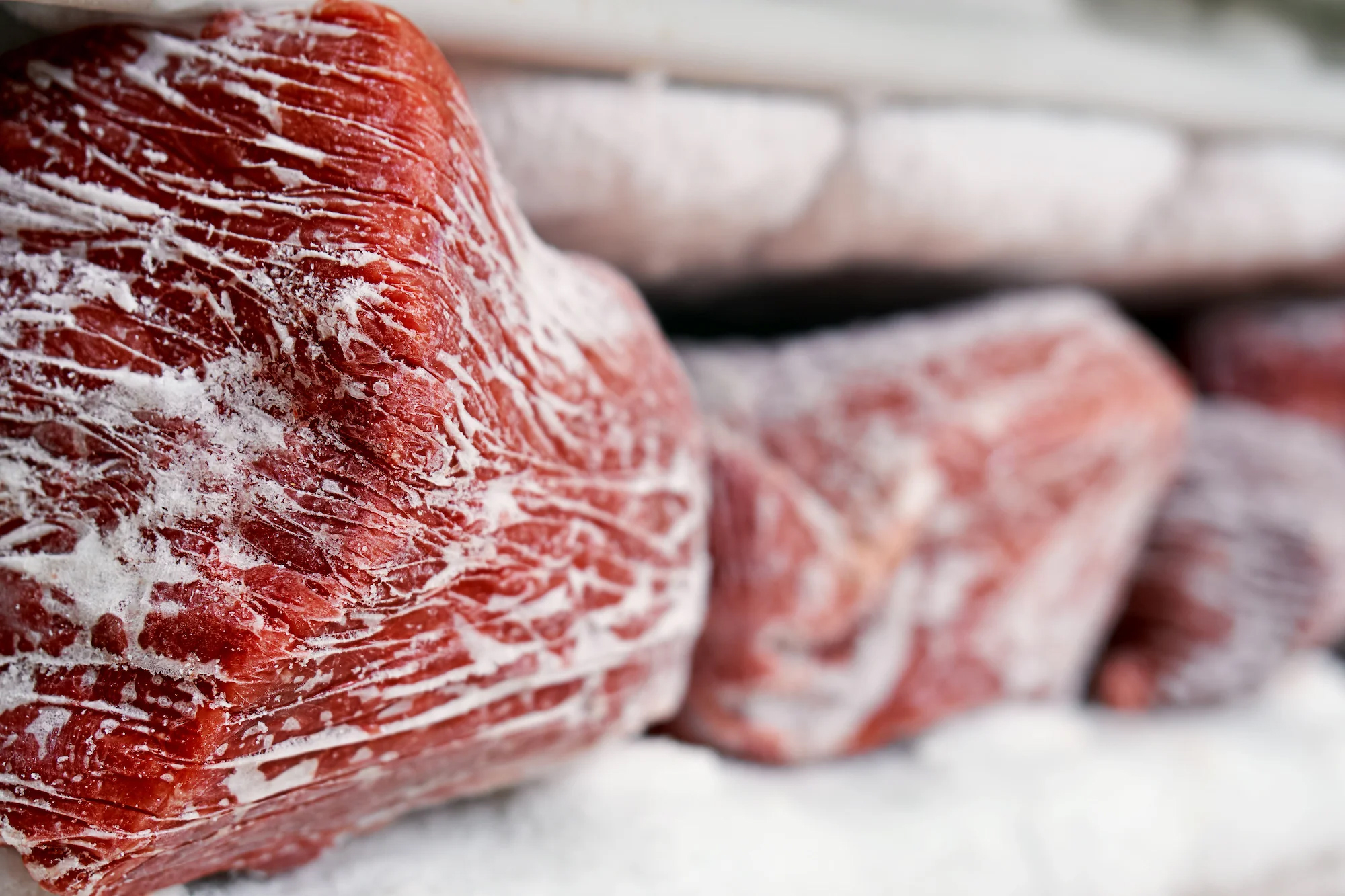WE ARE EVERYWHERE IN THE WORLD
FOR THOSE WHO PREFER QUALITY

The primary goal of preservation is to prevent the spoilage and deterioration of food products. One of the most critical factors causing spoilage, regardless of its form, is microorganisms. Microorganisms, such as bacteria, molds, and yeasts, reproduce easily under suitable conditions. However, extreme heat or cold, environments devoid of water and oxygen, excessive salt, and acidic surroundings are highly unfavorable for their growth.

The main objective of all preservation methods is to make conditions unfavorable for the growth and reproduction of microorganisms that cause spoilage. Here are the principal methods of preserving fresh meat and some meat products:
a. Refrigeration and Freezing
b. Heating or Thermal Processing
c. Drying and Concentration
d. Fermentation
e. Irradiation
f. Use of Chemical Agents
Refrigeration and freezing are among the most common and effective methods of meat preservation. The freezing point of meat ranges between -1.5°C and -1.7°C. Depending on the degree and method of freezing, the shelf life of meat can be significantly extended. Storing meat at temperatures above its freezing point is referred to as refrigeration, while storing it at temperatures below the freezing point is called freezing.
A mechanical cooling system operates based on a physical law. Refrigeration systems refer to equipment that continuously converts refrigerants like ammonia and other agents with low boiling points from liquid to gas and vice versa. In addition to ammonia, other commonly used refrigerants in the cooling industry include Freon-12, dry ice (C2O), and liquefied nitrogen. These have boiling points of -20°C, -79°C, and -196°C, respectively.

Cooling is applied to meat intended for short-term consumption. If the meat is properly cooled and stored in cold conditions, it retains much of its natural properties, including nutritional value, appearance, flavor, color, and texture.
For cooling, beef carcasses are placed as quickly as possible in refrigeration rooms pre-set to -2°C, while pork and lamb carcasses are placed in rooms set to -6°C to -8°C. The doors are then tightly sealed. Immediately afterward, automatic control systems adjust the room temperatures to between -3°C and 0°C over 12 to 24 hours. Humidity levels are set at 88-92%, and airflow is regulated at 1-3 meters per second for beef carcasses and 2-3 meters per second for pork and lamb carcasses. With this pre-cooling process, the internal temperatures of the carcasses can be reduced to +5°C or even lower within 12 to 24 hours.
Key factors affecting the cooling and preservation process include the number of carcasses, the size of the carcass, the thickness of the carcass’s fat layer, the temperature of the cooling rooms, humidity levels, airflow, and lighting conditions.

Large carcasses with thick fat layers require pre-cooling for an extended period, up to 72 hours. The cooling capacity of storage rooms should be carefully determined based on the size of the rooms and the number of carcasses to be stored. Instead of one large storage unit, multiple smaller cooling units should be constructed. The dimensions of these storage rooms should be approximately 18-30 meters in length, 7.5-15 meters in width, and 4.8 meters in height.
The distance between the hanging hooks on the rails and the floor should be 3.3 meters for beef carcasses, 2.2 meters for 1/4 beef carcasses, 2.7 meters for veal and pork, and 2 meters for sheep and goat carcasses.
WE ARE EVERYWHERE IN THE WORLD
FOR THOSE WHO PREFER QUALITY
